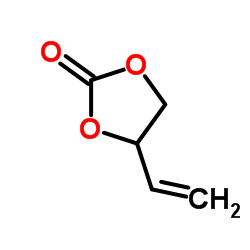| Structure | Name/CAS No. | Articles |
|---|---|---|
 |
Ethanol
CAS:64-17-5 |
|
 |
Acrylyl chloride
CAS:814-68-6 |
|
 |
HEPES
CAS:7365-45-9 |
|
 |
Ethylenediaminetetraacetic acid
CAS:60-00-4 |
|
 |
4-Vinyl-1,3-dioxolan-2-one
CAS:4427-96-7 |